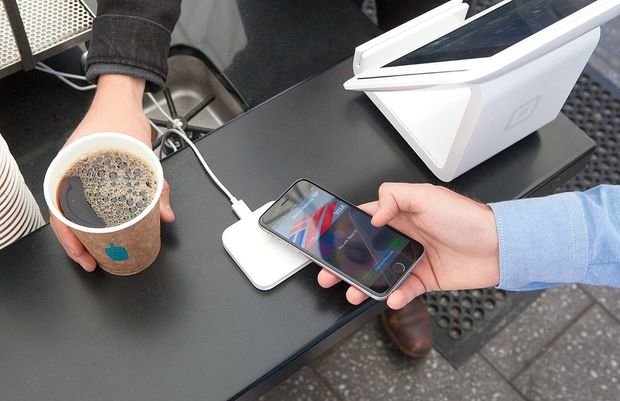Cashless transactions booming in Russia
The share of cashless payments in Russians' total spending on goods and services has increased more than tenfold since 2008. Besides traditional plastic card payments, customers perform instant transfers using mobile phone numbers and digital wallets.
Russians are increasingly using electronic payments rather than cash, reports Computer Weekly. According to a recent study by Sberbank, 39% of total spending on goods and services in Russia was cashless in 2017, compared to a tiny 4% in 2008. This year, the trend has continued: in the first quarter of 2018, cashless accounted for 45% of all payments.
Some people are still reluctant to use cashless payments due to insufficient financial literacy and concerns about fraudulent card transactions, according to Aleksandr Petrov, director for card technologies at Promsvyazbank. «In addition, people still have the habit of using cash for day-to-day payments,» the banker said.
''We see clients' behaviour change,'' pointed out Aleksey Okhorzin, director of the retail product department at Credit Bank of Moscow. ''The government and payment systems have played an enormous role in that, facilitating the development of the infrastructure, new technologies and services.'' Over the last two to three years, in the biggest cities, the proportion of cashless transactions has substantially increased, and the dynamics of growth has been impressive, he added.

At the end of the 2000s, cashless payments were available mostly in big Russian cities, but now there is almost no disparity between different regions of the country. Currently, 2,3 million point of sale (POS) terminals accept cards at 1,6 million retail outlets all across Russia. However, Okhorzin noticed that even in Moscow, there are still retail outlets where one cannot pay with a plastic card.
Vasily Voronov, managing director at Rosbank's department for introducing innovations and changes, confirmed that Russia had made a major leap in the number of POS terminals over the past few years and added that consumer behaviour had also evolved. ''In bigger cities, payment with a contactless card or with a smartphone at points of sale has become a widely spread pattern for a number of customer segments.'' The number of card transactions has also increased due to the advent of ApplePay and GooglePay technologies, as ''the phone is always with you, and there is no need to also carry plastic cards''.
Nonetheless, bankers believe that traditional plastic cards will remain the dominant means of cashless payments for private individuals in the next few years despite an increase in popularity of alternative payment systems.